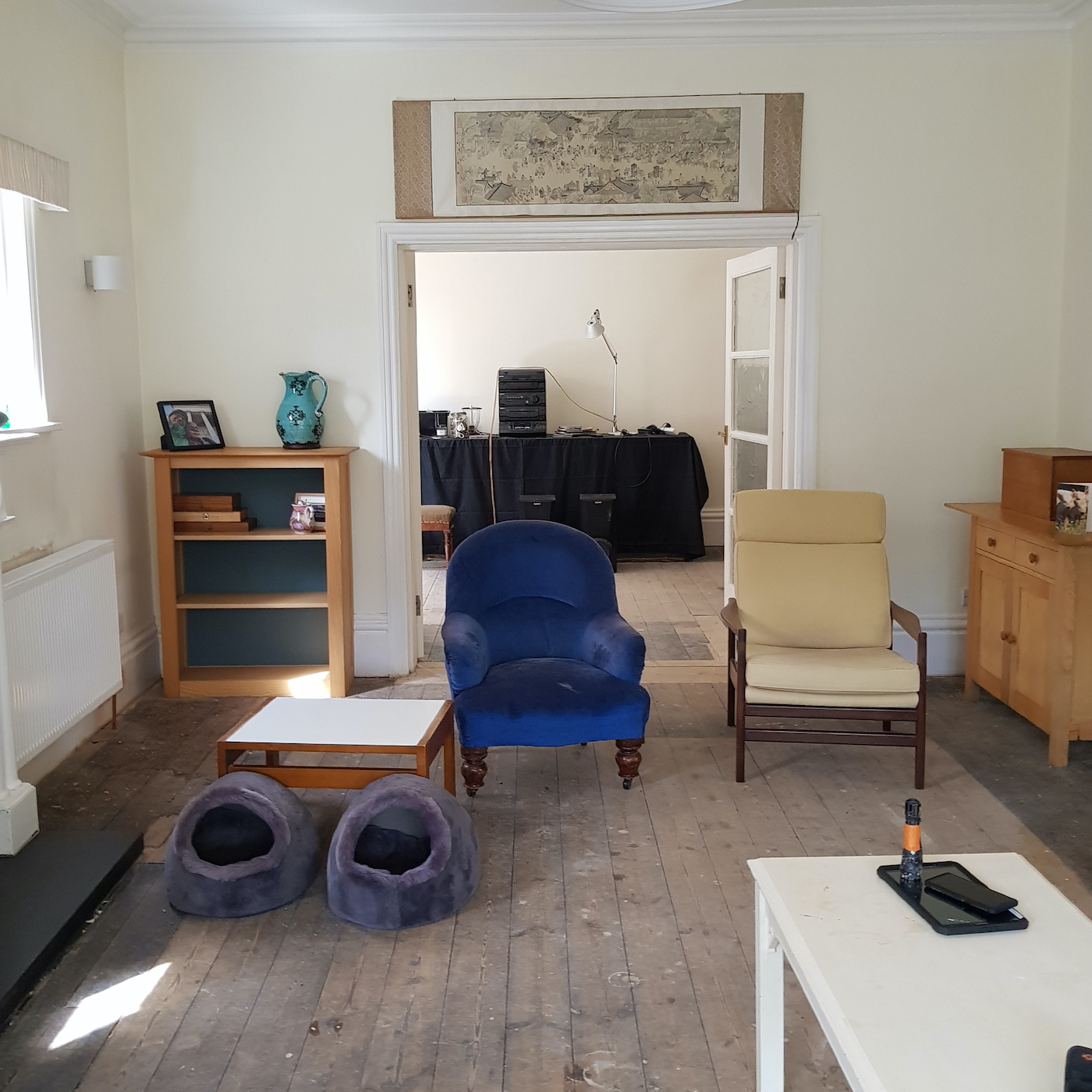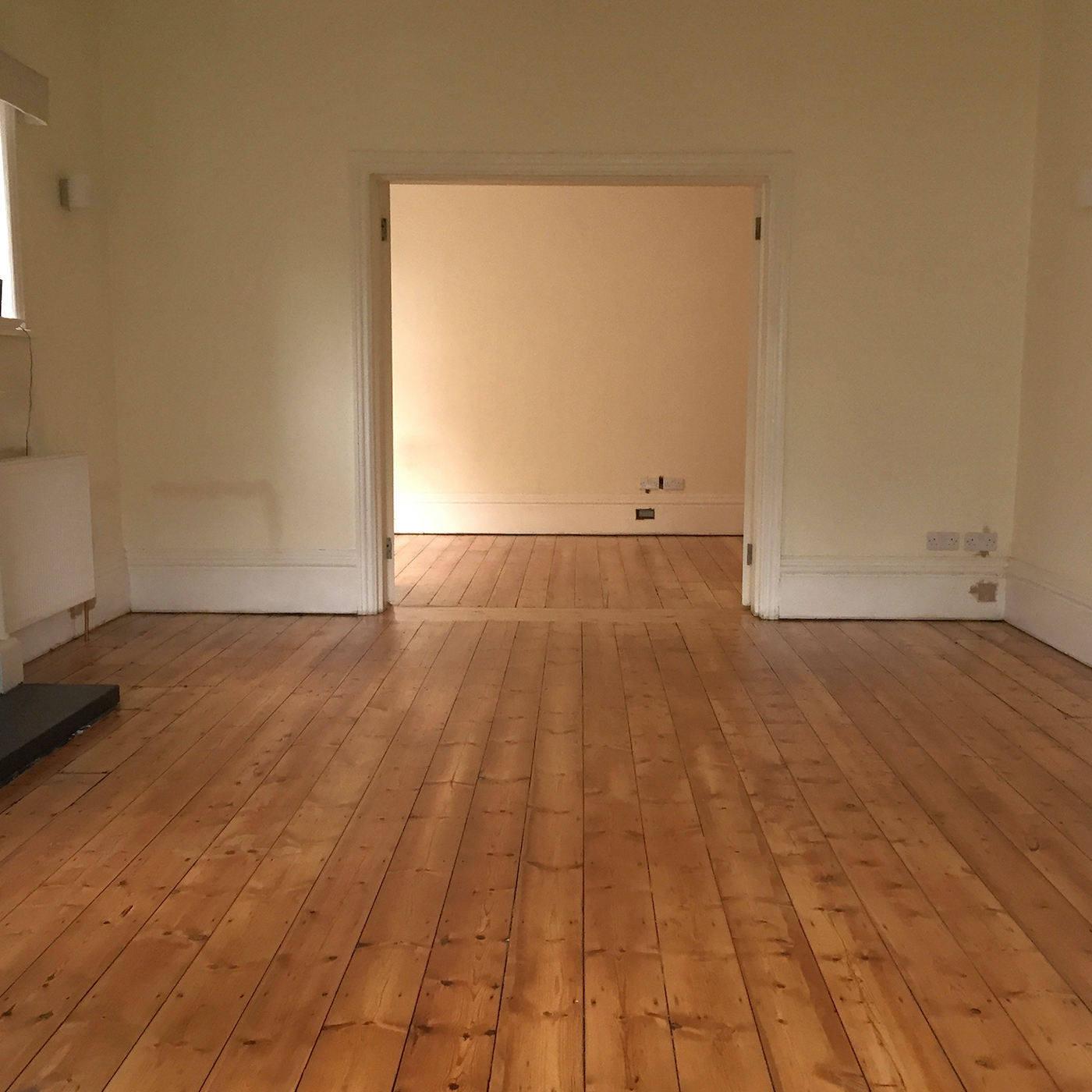Why Professor Peter Childs used Q-Bot’s underfloor insulation?
The following case study provides an example of a flooring solution for a home with 3 downstairs reception rooms.
The flooring area to be addressed was 60 m2. The flooring was originally covered with woollen carpet, which after 18 years of heavy use was threadbare in some places, particularly near thoroughfares and edges. The house is a detached home, with suspended timber flooring. Quotes were initially obtained for carpeting, luxury vinyl tiles (LVT) flooring, laminate flooring, timber treatment, and underfloor insulation using Q-Bot.
The electrical provision on the ground floor had recently been reviewed and a series of upgrades undertaken, including the addition and relocation of sockets to meet current requirements. Similarly, the radiators in the home had recently been assessed and the majority replaced with new radiators with heating performance matched to the room requirements. The quotes for carpets ranged from £10,000 to £15,000, inclusive of underlay, delivery and fitting, and VAT. Laminate and LVT quotes were £4,500 and £4,800 respectively, inclusive of labour and VAT. The underfloor insulation quote was £3,200 including a survey of the underfloor space.
In exploring the various options, consideration was given to sanding and varnishing the boards, which were pine, and an additional quote for an external company to come and do the work using sanders with integrated vacuum suction was obtained. This quote was £2,200. The house had been traditionally challenging to heat and relatively draughty, so the underfloor insulation was attractive. The relatively low price of the floorboard sanding, in combination with the insulation was ultimately selected giving a total price below that of the carpeting options, improved thermal performance with a return on investment of 13 years, and arguably a near instant uplift in house value from the combination of the improved aesthetic and thermal performance.
| Before |
After
|
|---|---|
 |
 |
By Professor Peter Childs
